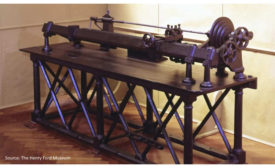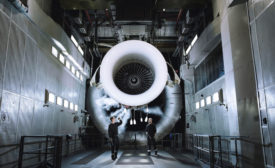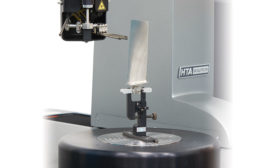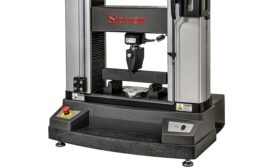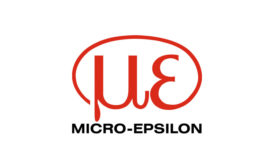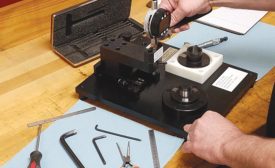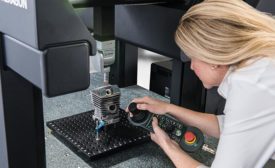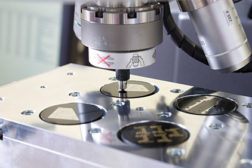Home » Keywords: » accuracy and efficiency
Items Tagged with 'accuracy and efficiency'
ARTICLES
Measurement
Sensors Unmasked: The Changing Face of CMMs
Evolution is afoot in traditional measurement systems.
May 1, 2019
How Proper Specification of Load Cell Sensors Can Improve Force Measurement
Accuracy is only one of many characteristics that should be examined before selecting a sensor for an application.
November 8, 2018
Sponsored Content
Easy and profitable measurement solutions using smart laser triangulation sensors
October 30, 2018
Taking Measure
The need to optimize throughput is a common denominator across industry lines.
October 3, 2017
Controlling the Accuracy of a Shop Floor CMM
Understanding the influence of temperature on your CMM.
September 1, 2017
Stay in the know with Quality’s comprehensive coverage of
the manufacturing and metrology industries.
eNewsletter | Website | eMagazine
JOIN TODAY!Copyright ©2025. All Rights Reserved BNP Media.
Design, CMS, Hosting & Web Development :: ePublishing
